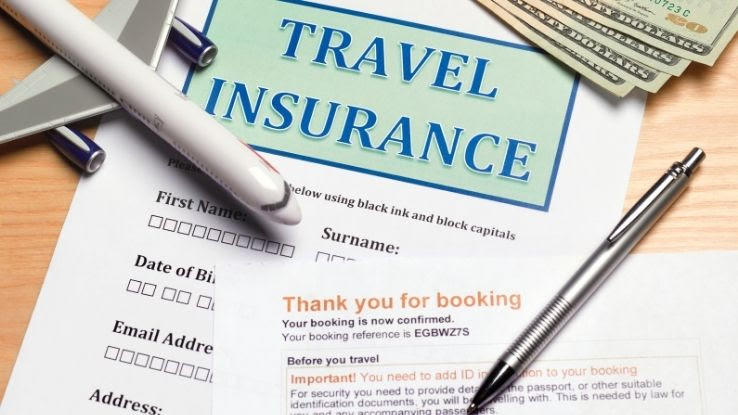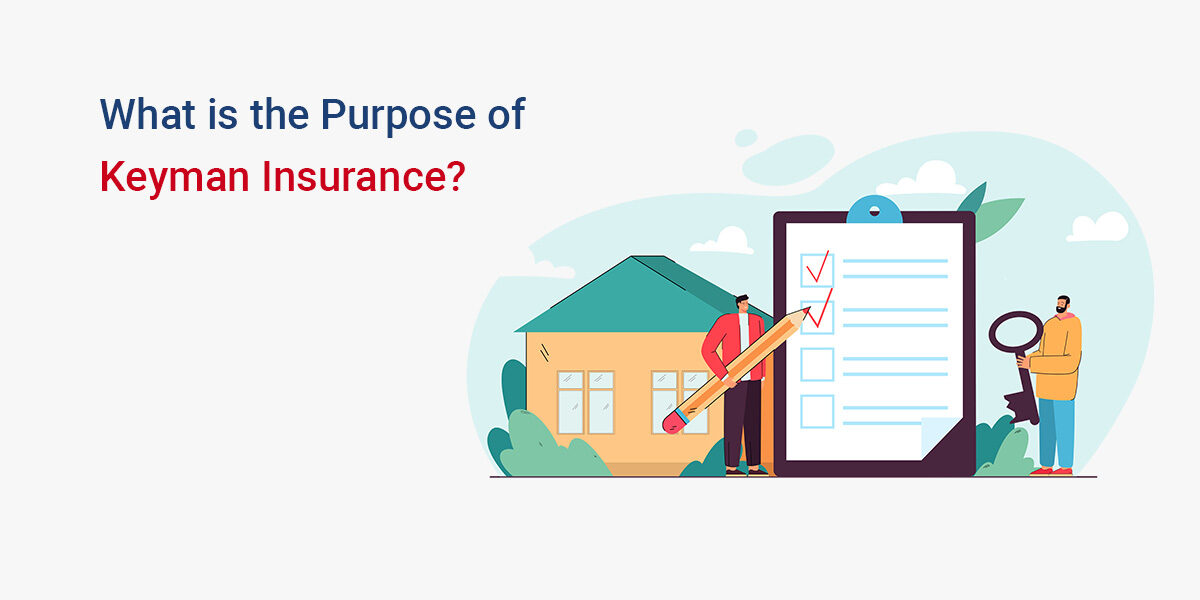What Does Pacific Prime Mean?
What Does Pacific Prime Mean?
Blog Article
Everything about Pacific Prime
Table of ContentsSome Known Details About Pacific Prime Pacific Prime Fundamentals ExplainedPacific Prime Things To Know Before You BuyThe 8-Second Trick For Pacific Prime
In many states, the insurer is required to send you a duplicate of the changes to your policy. It is important that you read Endorsements or Motorcyclists so you comprehend just how your plan has altered and if the plan is still appropriate to meet your requirements. To get a copy of your insurance plan, please call your insurance policy agent or firm.
The Institute of Medicine (IOM) Board on the Effects of Uninsurance launches an extensive assessment of evidence that addresses the significance of medical insurance coverage with the publication of this record. Insurance coverage Issues is the initial in a series of 6 reports that will be released over the next 2 years recording the fact and repercussions of having actually an approximated 40 million individuals in the United States without health and wellness insurance policy protection.

Pacific Prime for Beginners
The objective of this series of researches is to refocus plan interest on a historical trouble. Adhering to the lengthiest economic growth in American history, in 1999, an approximated one out of every six Americans32 million adults under the age of 65 and greater than 10 million childrenremains uninsured (Mills, 2000).

10 percent of the populace accounts for 70 percent of wellness care expenditures, a relationship that has actually continued to be continuous over the past three years (Berk and Monheit, 2001) - global health insurance. Therefore wellness insurance coverage continues to serve the feature of spreading danger even as it increasingly finances routine care. From the perspective of health and wellness treatment suppliers, insurance coverage carried by their patients helps secure a profits stream, and areas take advantage of monetarily viable and stable health care specialists and organizations
Government provides medical insurance to populaces whom the private market may not serve efficiently, such as disabled and seniors, and populaces whose accessibility to healthcare is socially valued, such as children and pregnant ladies. The utmost ends of medical insurance coverage for the individual and communities, consisting of work environment neighborhoods of employees and companies, are enhanced health end results and top quality of life.
The Greatest Guide To Pacific Prime
Workers place medical insurance first without a doubt in significance among all the benefits provided in the workplace (Salisbury, 2001). Although there have actually been sizable investments of individual and public funds to offer medical insurance, numerous people still have no coverage. Despite comprehensive reporting of study searchings for and health and wellness treatment research results, the public continues to be overwhelmed and mistaken about Americans without medical insurance and the ramifications of doing not have coverage.

Without question, the complexity of American healthcare financing systems and the wide range of sources of info add to the general public's confusion and skepticism regarding medical insurance data and their interpretation. This record and those that will certainly adhere to objective to distill and provide in conveniently understandable terms the considerable research that bears on questions of medical insurance protection and its relevance.
Fifty-seven percent of Americans questioned in 1999 believed that those without health insurance are "able to obtain the care they need from physicians and healthcare facilities" (Blendon et al., 1999, p. 207). In 1993, when nationwide attention was concentrated on the problems of the without insurance and on pending healthcare regulations, simply 43 percent of those polled held this idea (Blendon et al., 1999).

They likewise get fewer see preventative solutions and are much less likely to have normal treatment for chronic conditions such as high blood pressure and diabetic issues. Chronic conditions can result in pricey and disabling issues if they are not well managed (Lurie et al., 1984; Lurie et al., 1986; Ayanian et al., 2000). One nationwide survey asked greater than 3,400 adults about 15 very significant or somber conditions.
Our Pacific Prime Ideas
Extra proof is presented later on in this phase in the conversation of insurance policy and access to wellness treatment. https://pastebin.com/u/pacificpr1me. Individuals without health and wellness insurance are young and healthy and choose to do without coverage. Virtually fifty percent (43 percent) of those surveyed in 2000 thought that people without wellness insurance coverage are most likely to have health issue than individuals with insurance
Voters and plan makers in emphasis group discussions identify those without insurance as youths that have the chance to be covered and feel they do not require it (Doorperson Novelli, 2001). Contrasted to those with a minimum of some personal protection, the uninsured are less most likely to report remaining in exceptional or excellent wellness (Agency for Healthcare Study and Top Quality, 2001).
SOURCE: Center for Cost and Funding Researches, Firm for Health Care Research and High quality, based on MEPS data. Young person between 19 and 34 are much more most likely to do not have health insurance coverage than any type of other age. This is primarily due to the fact that they are much less usually eligible for employment-based insurance because of the nature of their task or their brief tenure in it.
The perception that people without insurance policy have better-than-average health follows from confusing the relatively young age account of the without insurance with the far better health, usually, of younger persons. This obscures the web link in between health status and medical insurance. For those without accessibility to workplace wellness insurance policy, inadequate health and wellness is a prospective barrier to purchasing nongroup coverage because such coverage may be very priced, omit preexisting problems, or be just inaccessible.
Report this page